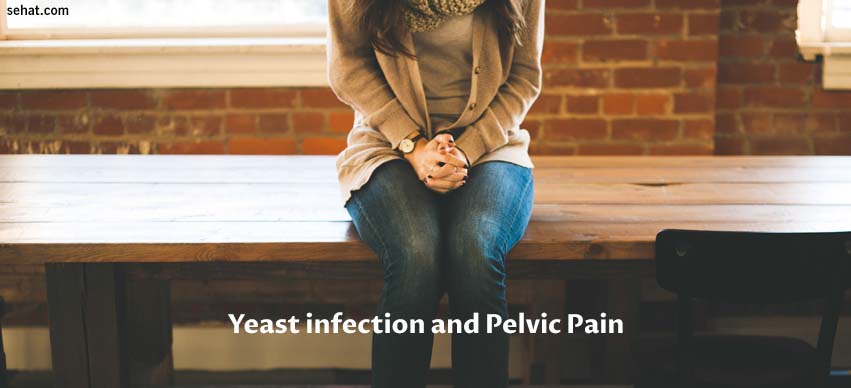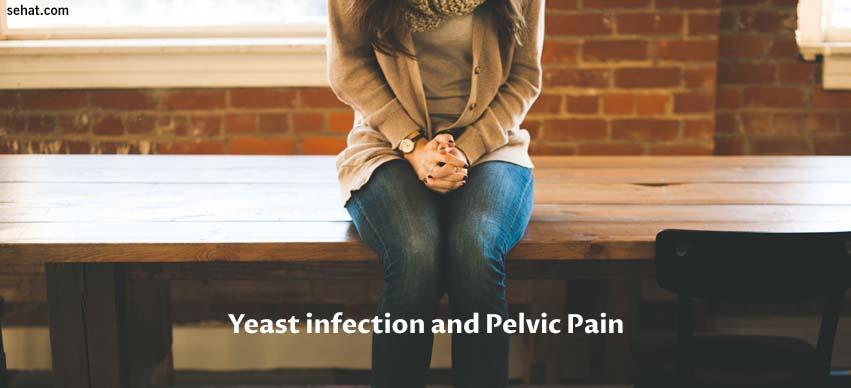Nanoparticle Therapy – An Emerging Cancer Treatment
5 Min Read


Any pain which can be localized at any region or organ below the umbilicus or belly is called pelvic pain. Pelvic pain can be a fairly disabling experience for anybody who experiences it. It can occur as a result of either some pathological or structural abnormality in one or more than one pelvic organ, due to some in of the nerves, blood vessels, and muscles in that region or as a part and parcel of systemic illnesses involving the pelvis like fibromyalgia and chronic fatigue syndrome.
Apart from structural or functional abnormalities, pelvic pain may also be associated with psychological or behavioral problems, which need to be carefully assessed. Depression and anxiety disorders are strongly related to chronic pain and a poor quality of life.
Statistics reveal that pelvic pain is reported by about 14-19%people worldwide and it affects the quality of life of patients in the form of anxiety, depression, impaired emotional functioning, fatigue, and insomnia. Here in this article, you can know can a yeast infection cause pelvic pain.
Some risk factors which predispose a person to experience pain or pelvic pain specifically include;
Pelvic pain may be dull, aching, or sharp, and spasmodic depending upon the underlying cause for pain. Many will have a doubt that can yeast infection cause pelvic pain but the following are some common underlying causes for pelvic pain are mentioned in the table below along with a brief description of each cause;
| Dysmenorrhea | Dysmenorrhea, also known as period pain is the commonest cause for pelvic pain among women of reproductive age group. Period pain is often associated with low back pain and cramp-like pain in the lower abdomen which often disappears after day 2 or day 3 of menses. Women do not require any specific treatment most of the time. However, chronic severe disabling period pain must be evaluated and treated accordingly. and animal dander. |
| Endometriosis | This is another commonly occurring disorder among women of the reproductive age group in which the endometrium (inner lining of the uterus) grows outside the uterus especially over other reproductive organs like ovaries and fallopian tubes. Endometriosis can cause severe lower abdominal pain during periods, pelvic pain while passing urine and bowel movements, and Adenomyosisexcessive bleeding from the vagina. |
| Adenomyosis | Adenomyosis occurs when the endometrial tissue (tissue lining the inside of the uterus) starts growing within the muscular wall of the uterus. This results in abnormal enlargement of the uterus, heavy menstrual bleeding, and pelvic pain or discomfort. It can only be diagnosed on an ultrasound of the pelvic organs. |
| Irritable Bowel Syndrome | This is a chronic disorder of the large intestine characterized by abdominal pain or discomfort, bloating or fullness and cramp-like pain in the abdomen relieved from a bowel movement, diarrhea, and constipation or often alternating and passage of mucus in stools. |
| Vulval Pain Syndrome | This disorder is associated with persistent and often recurrent pelvic pain among women, especially around the genital organs. Vulval pain is associated with a history of urinary tract infection and painful sexual intercourse. |
| Pelvic Muscle Pain | Musculoskeletal pain may arise from direct injury or trauma to the pelvis or other disorders of the bones, joints, or muscles in the pelvic floor or also due to referred pain from other abdominal or pelvic organs. |
| Pudendal Neuralgia | The nerve which supplies the pelvic organs is called the pudendal nerve. When this nerve is compressed or irritated, it causes sharp pain, often burning and numbness of the pelvic region. Pain is characteristically worse from sitting or wearing tight clothes. |
Apart from the wide number of pathologies, a common question often asked by patients of both genders is – can a yeast infection cause pelvic pain?
The commonest yeast organism which infects the pelvic organs, that is the vulva and vagina in females and the urethra and prostate in males Candida albicans. Fungal infection of pelvic organs by Candida albicans causes an illness called candidiasis.
Nearly 75% of women are likely to experience candida infection at least once in their lifetime.
Generally, a yeast infection of the urinary tract, genital tract, or reproductive organs is painless. However, it can also cause certain signs and symptoms such as;
Yeast infection in the pelvis or along the urinary tract occurs under the following conditions;
A mild yeast infection of the pelvis can be treated with a short course of antifungal medications in the form of pills or ointments which can be applied locally over the affected parts. More severe illness may require a longer course of medicines and should consult an expert urologist to know the underlying causes of pelvic pain.
A properly treated candidiasis usually heals completely without any permanent damage or scarring. This yeast infection, however, can recur and may require to be treated again. In patients with a poor immune status, candida infection may become chronic and also resistant to the usual conventional medicinal treatment.
Pelvic pain due to any cause can severely affect the quality of life of patients and therefore signs and symptoms of the same requires an evaluation and appropriate medical treatment.